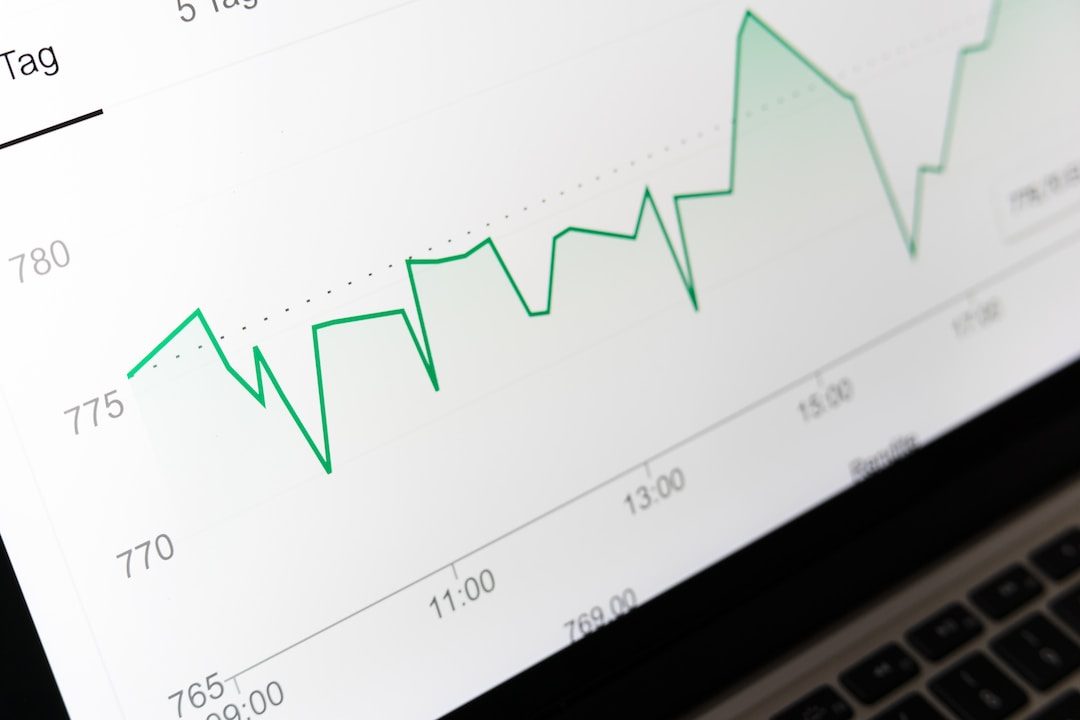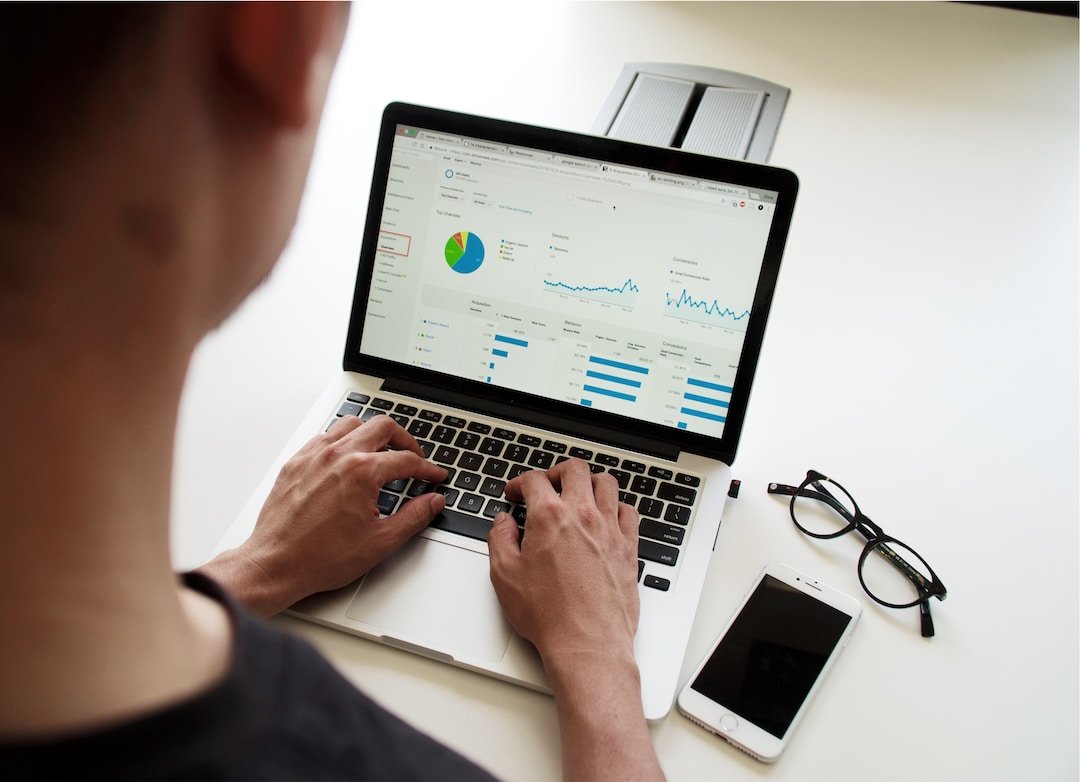With an ever-increasing amount of data being created and collected by businesses, it’s crucial to understand and interpret this information accurately. One of the most effective ways to achieve this understanding is through a process known as data visualization. Data visualization is a graphical representation of data that allows for easier understanding, communication, and decision-making. It helps stakeholders comprehend the results of analyses, spot trends, patterns, and outliers, and predict future outcomes. In this article, we delve into the importance and role of data visualization in making informed business decisions. Keep reading.
The Essence of Data Visualization
Data visualization is the representation of information in the form of charts, graphs, maps, and more. With raw data being complex and difficult to understand, visualizing data can simplify the understanding process. Moreover, data visualization, such as these treemap chart examples, helps in expressing the story behind the numbers, making it easier to identify patterns, trends, and correlations that might go unnoticed in text-based data. Additionally, it creates a universal language that everyone can understand, empowering teams from across different departments to engage with the data and contribute valuable insights.
The true beauty of data visualization lies in its ability to make large and complicated datasets understandable. By presenting data in a visual context, we enhance our ability to see patterns and trends, leading to more informed decisions. Visual information can be understood 60,000 times faster than text. This implies that data visualization isn’t just about making data more aesthetically pleasing, it’s about making data more actionable.

Benefits of Data Visualization in Business
Data visualization comes with numerous benefits that can help a business prosper. One of the key benefits is that it simplifies complex data sets, making them easier to interpret. This comes in particularly handy when dealing with large amounts of data where extracting meaningful interpretation can be challenging. Visualizing this data not only simplifies it but also amplifies the business’s ability to understand the complexities within the data trends.
Another notable benefit of data visualization is its ability to aid in better decision-making. Because decisions are commonly based on data, having a clear understanding of what the data signifies can lead to better, more informed decisions. Visualization enhances this process by highlighting the data’s key aspects and allowing the viewer to understand complex data sets at a glance.
The Effectiveness of Different Visualization Tools
There are several data visualization tools available, each with its unique features, capabilities, advantages, and disadvantages. Choosing the right tool depends on your specific needs and requirements. Bar graphs, for instance, are often used to compare quantities of different categories, whereas line graphs are best for displaying data trends over time. In contrast, pie charts are excellent for showing percentage or proportional data. Knowing your data and your audience will dictate the best way to present the data.
Scatter plots are great for showing the relationship between two numerical values and are often used to find correlations between variables. Heat maps, on the other hand, are useful to compare categories using color and size as visual cues. There are also more complex visualization types like network diagrams, spatial trees, and treemaps, among others. Understanding the strengths and weaknesses of each visualization method will lead to more impactful and effective data presentation.

Preparing for the Future of Data Visualization
The future of data visualization is expected to be bright with developments in technology like artificial intelligence and machine learning. These technologies can analyze large sets of data and convert them into comprehensible visuals faster and more efficiently, allowing decision-makers to gain valuable insights and make informed decisions rapidly.
Augmented reality (AR) and virtual reality (VR) technologies can also change the landscape of data visualization, providing more interactive and immersive ways to experience and understand data. With significant developments already underway in this field, we can expect more advanced visualizations that can help businesses gain even more insights from their data.
Overall, data visualization is an essential part of modern business practices, aiding in understanding complex data and making informed decisions. With its ability to simplify data comprehension and provide insights that text-based data may fail to provide, it’s an indispensable tool in our data-driven world.
